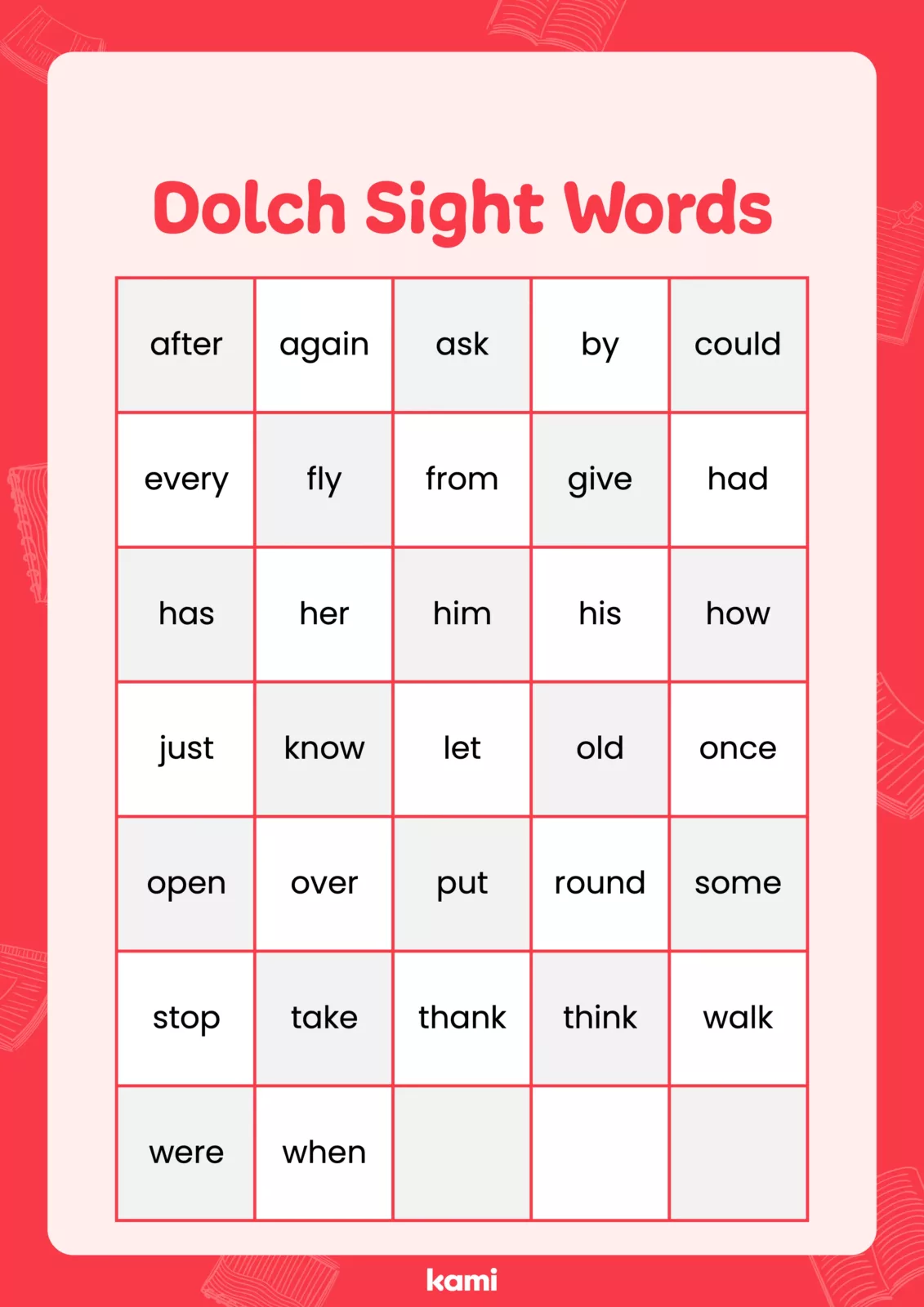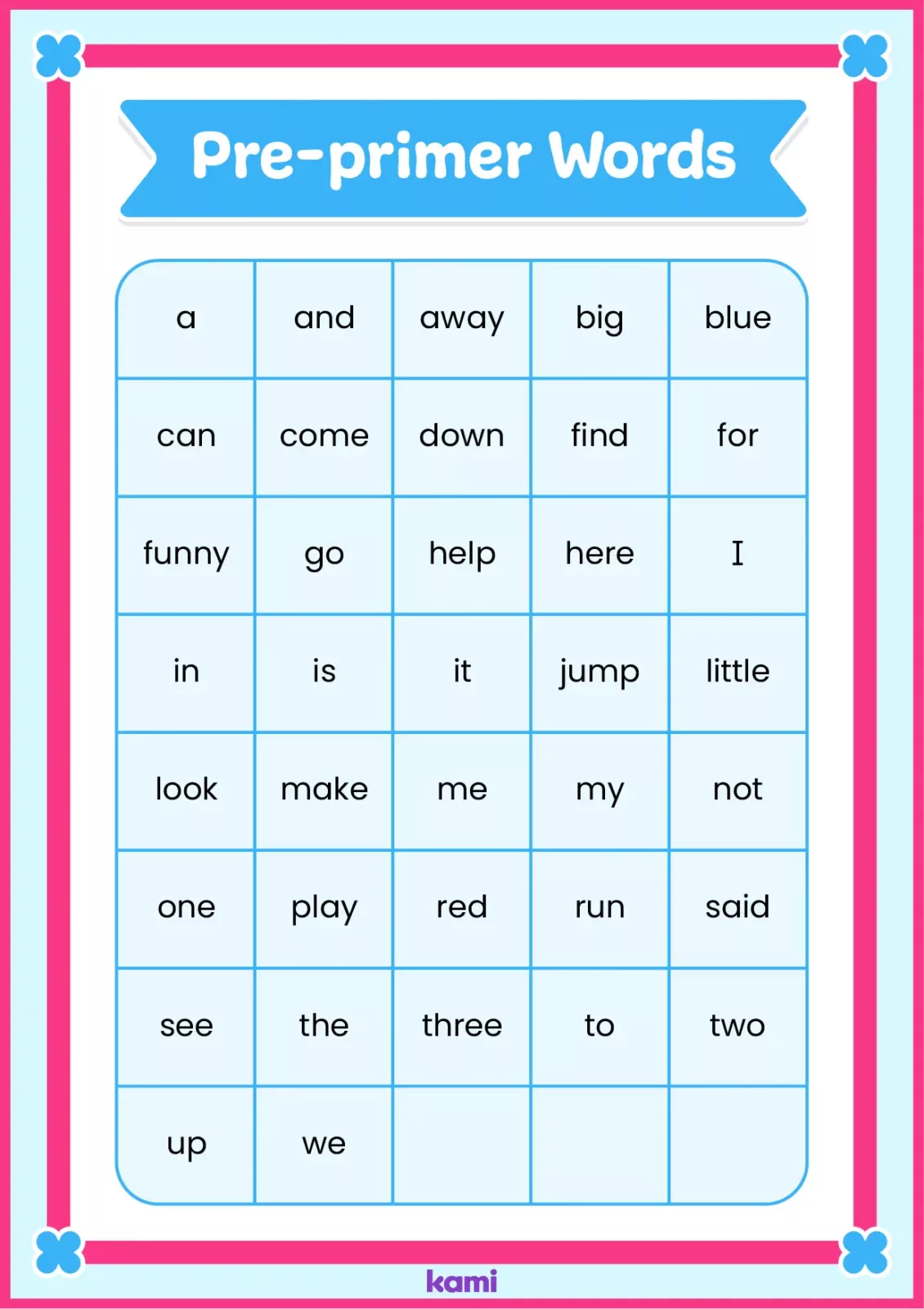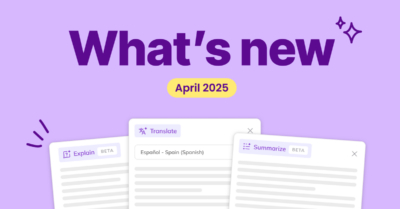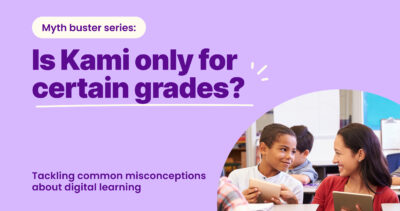Shirin Bradfield
Check out our library of fun reading templates for your first graders!



First grade is where magic with reading happens. Students move from pre-k where they are just beginning to understand sounds to a place where they can read short words easily and even start to read whole chapter books for themselves.
Reading milestones for 1st graders
During first grade, students hit plenty of milestones in their reading journey. For awesome learning-to-read book suggestions, check out our blog all about the perfect books to start your student’s reading journey. At this early stage, there are some key reading skills that are learned at or around first-grade level, including:
Letter and word sounds and parts — First graders will learn to sound out words and the differences between consonants and long and short vowel sounds. They’ll also be learning phonemes or blend sounds – like the sh sound in shout – and will be able to blend and break apart words and count the syllables.
The parts of a sentence — As they learn to recognize printed words, students will learn the parts of a sentence, like the way it always starts with a capital letter or ends with punctuation.
New words — As students become better at sounding letters and words out and are exposed to more books and reading opportunities, they will learn a range of new words. Most first graders will know a range of sight words (words that cannot be easily decoded and must just be learned) and will be able to decode other new words. You might notice their vocabulary expanding a lot during this year at school.
Reading comprehension — During first grade, students develop better reading comprehension skills. They should be able to answer simple questions about the stories they have read, and they should also be able to recognize the difference between fiction and non-fiction.
Fluency in reading — As students develop reading skills during the school year, they will become more fluent. They should be able to recognize or decode words quickly and read at a reasonable speed. As they develop, they’ll also learn prosody, which is the expression and intonation that brings meaning to reading.
Students should also be meeting common core standards for first grade. All these skills set them up for second grade, third grade, and above, by which time they should be confident, independent readers.
Helping your first graders learn to read
Make the most of Read Across America Day — This year, March 2 is National Read Across America Day. To discover fun and engaging ways to celebrate this day, have a read of our blog.
Play word games — Word games help students cement their learning about phonemes and relate them to each other. Choose games that include rhyming or creating a group of words that share a letter sound.
Make time for phonics — Phonics is an integral part of learning to read, so it’s essential to make time for phonics as part of your lessons. Kami’s CVC spelling board activity can help children learn new sounds.
Share a love of reading — Read-aloud time in your classroom helps to model good reading skills and, in particular, prosody, and gives you a chance to share a wide range of books with students.
Encourage independent reading — First graders are beginning to learn to read independently, so offer plenty of chances to do that. Set up a spot in your classroom with a range of books for all reading levels. Encourage students to read at home as well.
Tie reading to special occasions — Read books at Easter, before Christmas, or on historical days throughout the year. You can also use resources from Read Across America Day on March 2 to supercharge your 1st-grade reading program.
Check comprehension — Students should understand what they are reading as well as just reading the words, so check comprehension often. Something simple like Kami’s book report printable worksheet can give you a way of checking whether students understand a text.
Be aware of a need for individual interventions — Some children, especially those with neurodiversity like dyslexia, may struggle with learning to read and need extra help. Early interventions can help prevent longer-term damage. Children who have lost time at school due to the pandemic or have struggled to continue their learning during isolation may also need extra support.
Some of the best first-grade reading books to put in your class library
The best books for first-grade learners are ones that they enjoy! When you choose your reading list, remember that your students will have a range of literacy skills. You may have early readers who are already fluent and have an extensive vocabulary, and you may have 6-year-olds who still struggle with simple words. So ensure you have books to suit all levels, from picture books and easy readers to chapter books. Amazon has a wide range of books for young readers if you need to stock your class library
Good options to include:
Dr. Seuss books — With wacky rhymes and fun language, Dr. Seuss has been a favorite for many years and can be used for read-aloud sessions or for independent reading.
Classic fairytales — Fairytales are among the best stories to share with early readers as they will capture their imagination, and the stories are often familiar.
Mo Willems books — Another favorite author, the lovable characters like the Pigeon help young children to enjoy the story.
Sheep in a Jeep and other books by Nancy Shaw — The rhymes in these books by Nancy Shaw are great for helping students understand word patterns.
If you can stock more than one copy of each book so you can read in small groups or allow children to take books home to supplement their in-class reading.
You may also like

Unlocking understanding: Kami’s latest updates designed for every learner

The state of SPED and ELL technology in 2025

